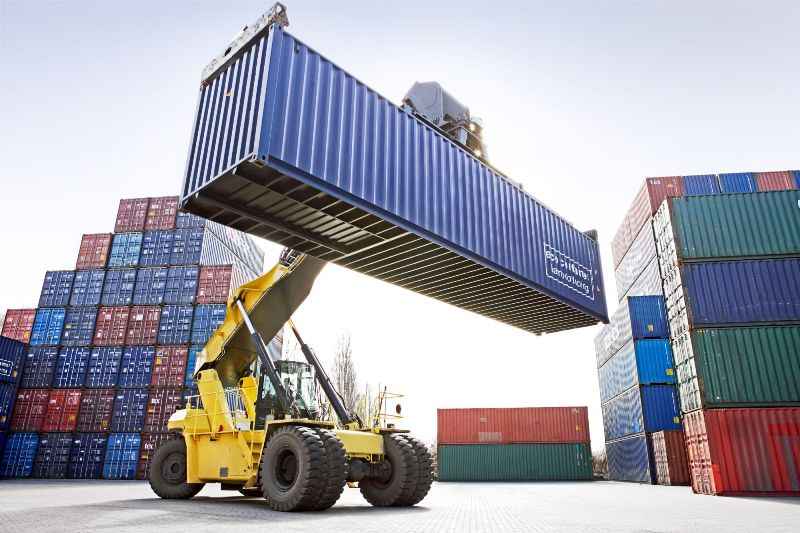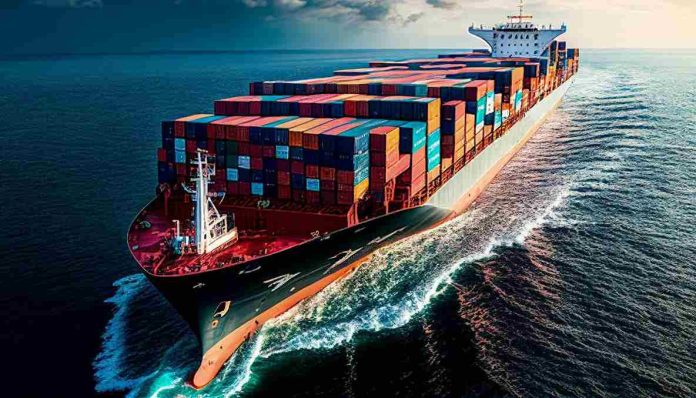Container shipping is the transportation of goods using standardized containers. These containers are transported by sea, land, and air, making it a popular and cost-effective mode of transportation. It involves several stages, including packing, transportation, and delivery.
Container shipping has become an integral part of international trade. Therefore, businesses must be knowledgeable of this to make informed decisions. To guide you, here are the basics of container shipping:
Table of Contents
The Container Sizes
In shipping and logistics, containers are crucial for transporting goods across long distances. They come in various sizes, each with its own set of advantages and limitations. Choosing the correct container size for your shipment is critical to guarantee the efficient and safe transportation of your goods.
Here are the most common shipping container sizes:
- 10-Foot Container: Due to their adaptability, durability, and simplicity, 10ft containers are becoming a common choice for people and organizations. These containers, typically made from steel, are designed for shipping, storage, and transportation. They offer a compact solution for many needs.
10ft shipping container hire is available for shippers just starting out. These containers are the smallest available, making them highly portable and easily transported.
- 20-Foot Container: The shipping industry’s most popular container size is the 20-foot container. It measures e feet broad by 20 feet long by 8 feet 6 inches tall. This container can transport a maximum weight of 28,280 kg (62,300 lbs). This container size is appropriate for modest machinery, cars, and household product shipments.
- 40-Foot Container: The 40-foot container is twice the length of the 20-foot container and is often called a “40-footer.” It is 40 feet long, 8 feet wide, and 8 feet 6 inches high. It has a maximum payload capacity of 26,630 kg (58,800 lbs). This container size suits larger shipments, including furniture, electronics, and bulk goods.
When choosing a container size, consider crucial factors, such as the size of your goods, the container’s weight capacity, and the costs.
Freight Rates
Freight rates refer to the cost of transporting goods from one location to another. Several variables might affect them, including the mode of transportation, the distance, the sort of commodities being transported, and market demand. Understanding freight rates is crucial for businesses and individuals involved in shipping and logistics to make informed decisions about the cost and feasibility of transporting goods.
Air freight costs are sometimes the highest because of their ease and quickness. Ocean freight rates, on the other hand, tend to be more affordable but can take longer to transport goods. Rail and truck transportation rates fall somewhere in between, depending on the distance travelled and the type of cargo being transported.
The Container Types

Shipping containers are standardized containers used for the intermodal transport of goods. They have significantly influenced international trade and changed the logistics sector. These containers come in different types, each designed to cater to specific cargo requirements.
- Dry Containers: The most popular kind of shipping container is a dry container. Dry products, including electronics, clothing, and furniture, are transported using them. These steel containers typically range from 20 to 40 feet long and are available in various sizes. Dry containers are weatherproof, and their steel construction ensures the items’ security and safety.
- Refrigerated Containers: Refrigerated containers, commonly referred to as reefer containers, carry products that require specific temperatures, such as medicines, fresh produce, and foods. They have a built-in refrigeration system that keeps the cargo at a particular temperature during transportation. These containers are made of insulated steel and come in the two most popular sizes, which are 20 feet and 40 feet.
- Flat Rack Containers: Flat rack containers transport cargo that cannot be loaded into a standard container due to its size or shape. They have collapsible walls that allow them to be stacked when empty. Flat rack containers transport heavy machinery, vehicles, and boats.
Choosing the appropriate shipping container type is crucial in ensuring your goods are transported efficiently and safely.
Shipping Regulations
Different shipping regulations govern the transportation of goods by sea. These laws, guidelines, and rules facilitate international trade and ensure crew, vessel, and environmental safety.
Generally, rules are consistent across different countries and regions, and compliance is crucial to avoid penalties, legal action, or even loss of life. The consequences of non-compliance with shipping regulations can be severe. Penalties can range from fines to imprisonment, and non-compliant ships can be detained, banned from operating in specific ports, or even sunk.
Customs Clearance
Customs clearance is a vital step in the container shipping process. This typically involves four key measures, including the preparation of documentation, submission of documents, payment of fees, and customs inspection. These procedures guarantee adherence to the origin or destination country’s customs regulations and are crucial to international trade.
Conclusion
Container shipping is an efficient mode of transportation for businesses. Knowing the basic facts about container shipping is vital for companies to avoid costly mistakes. So, remember the basics above to make the right decisions and ensure your containers arrive at their destination safely and securely.




